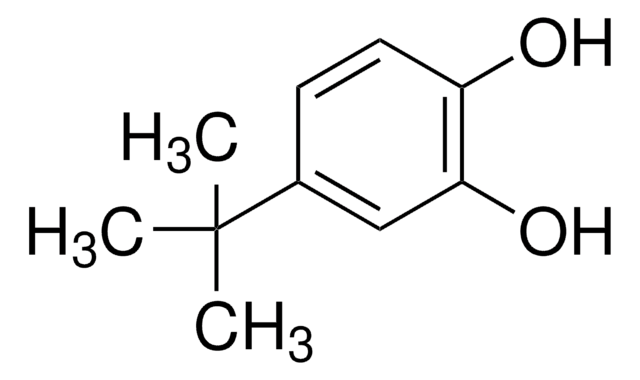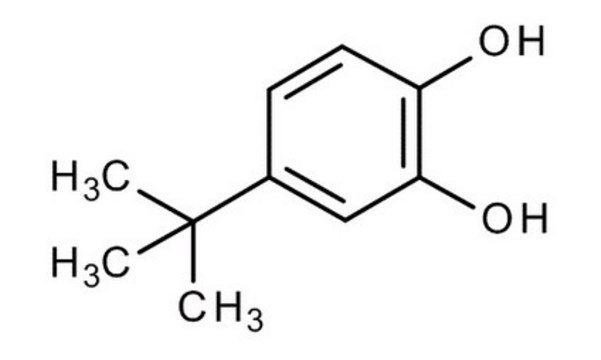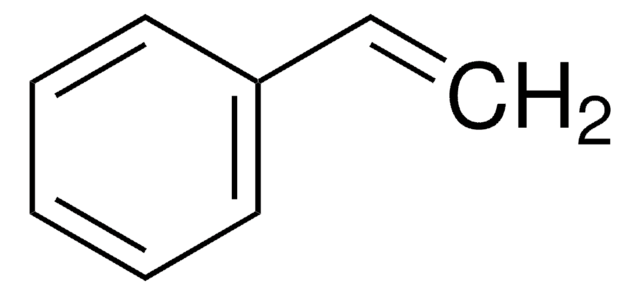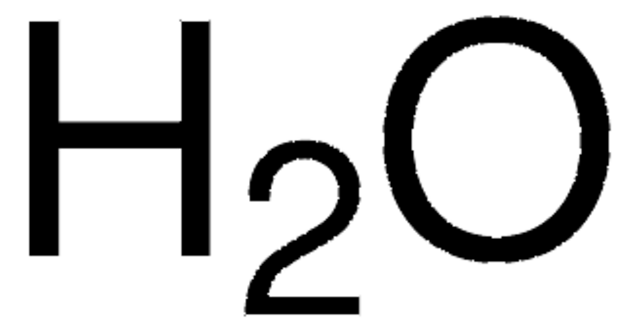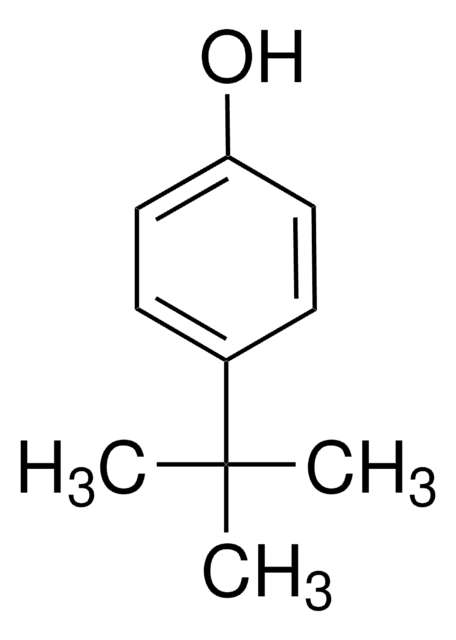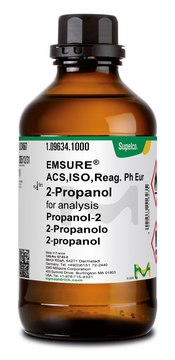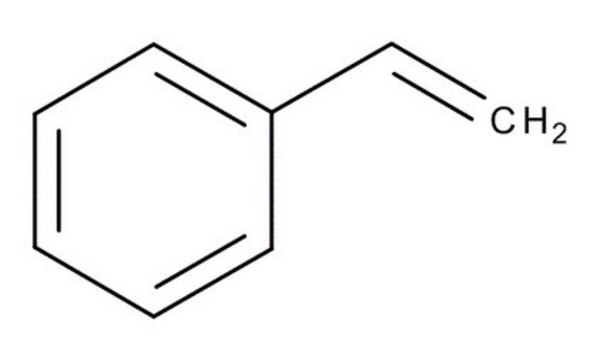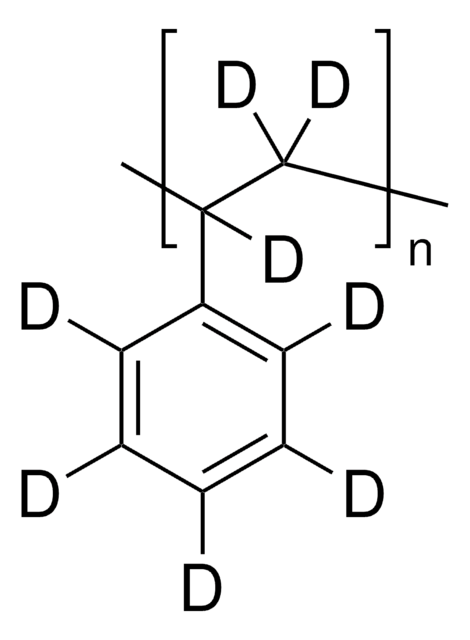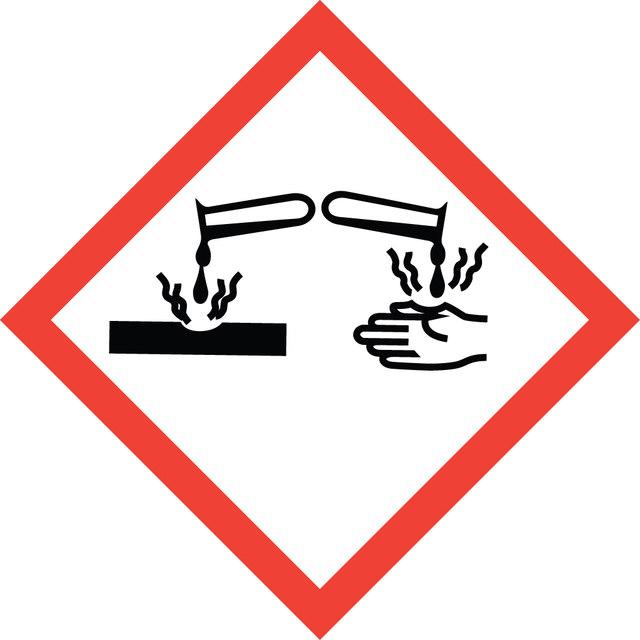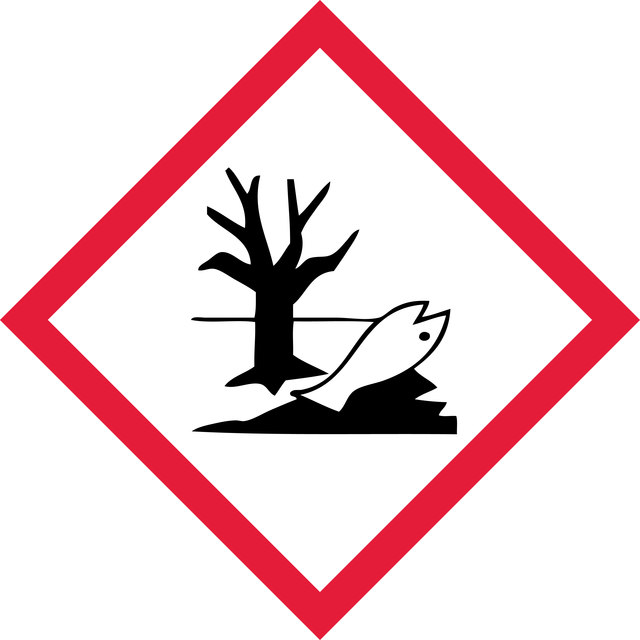推荐产品
质量水平
方案
≥97.0% (HPLC)
沸点
285 °C (lit.)
mp
52-55 °C (lit.)
53-58 °C
溶解性
methanol: soluble 1 g/10 mL, clear, colorless to slightly yellow
SMILES字符串
CC(C)(C)c1ccc(O)c(O)c1
InChI
1S/C10H14O2/c1-10(2,3)7-4-5-8(11)9(12)6-7/h4-6,11-12H,1-3H3
InChI key
XESZUVZBAMCAEJ-UHFFFAOYSA-N
正在寻找类似产品? 访问 产品对比指南
一般描述
在酪氨酸酶的催化下,O2 存在下,4- 叔 -丁基邻苯二酚生成 4- 叔 -丁基- O -苯醌 。用循环伏安法和控制电位库仑法研究了 4--叔 -丁基邻苯二酚在 4-羟基香豆素存在下的电化学氧化。它通过阳极氧化进行电化学三聚反应,并利用循环伏安法和控制电位库仑法研究了三聚反应的机理 。
应用
- 儿茶酚和4-叔丁基儿茶酚的电化学氧化:探索儿茶酚和4-叔丁基儿茶酚的氧化反应,描述了电化学反应途径及在合成化学中的潜在应用(E Tammari, M Heravi, D Nematollahi, academia.edu)。
- 过氧化氢选择性氧化4-叔丁基苯酚:讨论钛硅材料在4-叔丁基儿茶酚选择性氧化反应中的催化性能,提高了选择性和产量(RR Talipova et al., Applied Petrochemical Research, 2016 - Springer)。
- 5-(叔丁基)-2,3-二羟基苯磺酸钡:研究4-叔丁基儿茶酚的磺化过程,用于开发新衍生物制备先进材料 (LG Rubicheva, DA Lukyanov - Molbank, 2022 - mdpi.com)。
- UV-AOP用于高效连续流去除4-叔丁基苯酚:比较去除水中污染物(如4-叔丁基儿茶酚)的不同高级氧化方法。说明环境应用(S Mergenbayeva, SG Poulopoulos - Processes, 2021 - mdpi.com)。
- 羟基自由基降解4-叔丁基苯酚:研究4-叔丁基儿茶酚的降解途径,深入了解环境影响和降解机制(YL Wu et al., China Environmental Science, 2016 - cabdirect.org)。
警示用语:
Danger
危险分类
Acute Tox. 4 Dermal - Acute Tox. 4 Oral - Aquatic Acute 1 - Aquatic Chronic 1 - Eye Dam. 1 - Skin Corr. 1B - Skin Sens. 1
储存分类代码
8A - Combustible corrosive hazardous materials
WGK
WGK 3
闪点(°F)
235.4 °F - closed cup
闪点(°C)
113 °C - closed cup
个人防护装备
Eyeshields, Faceshields, Gloves, type P3 (EN 143) respirator cartridges
Mechanistic study of electrochemical oxidation of 4-tert-butylcatechol: A facile electrochemical method for the synthesis of new trimer of 4-tert-butylcatechol.
Nematollahi D, et al.
Electrochimica Acta, 49(15), 2495-2502 (2004)
Electrochemical study of 3, 4-dihydroxybenzoic acid and 4-tert-butylcatechol in the presence of 4-hydroxycoumarin application to the electro-organic synthesis of coumestan derivatives.
Golabi SM and Nematollahi D.
Journal of Electroanalytical Chemistry, 430(1), 141-146 (1997)
Contact sensitivity to para-tertiary-butylcatechol in an artificial limb.
A W Macfarlane et al.
Contact dermatitis, 22(1), 56-57 (1990-01-01)
T Kawashima et al.
The Journal of investigative dermatology, 82(1), 53-56 (1984-01-01)
4-Tertiary butyl catechol (TBC) causes depigmentation in humans and animals and stimulates formation of pheomelanosomes. In this study, we investigated the effects of noncytotoxic doses of TBC on glutathione S-transferase (GST) activity in the skin of Uscd strain mice and
An unusual delayed patch test reaction to para-tertiary-butylcatechol.
R C Yu et al.
Contact dermatitis, 22(2), 110-111 (1990-02-01)
我们的科学家团队拥有各种研究领域经验,包括生命科学、材料科学、化学合成、色谱、分析及许多其他领域.
联系技术服务部门